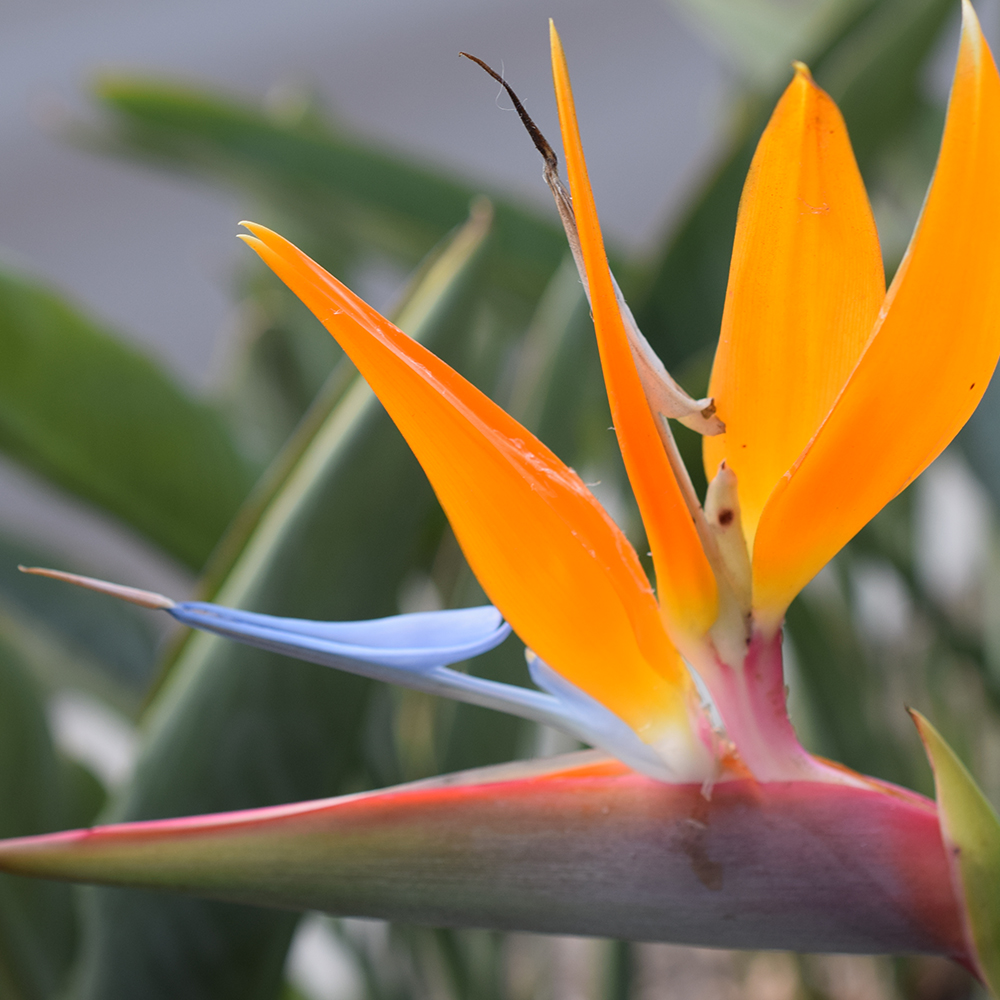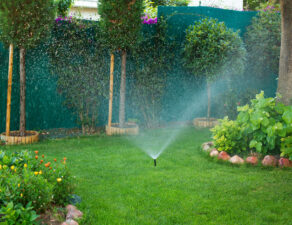
Tropical or succulent plants are popular in landscaping for their lush green leaves and brightly colored blooms. Here in Southern California, our weather tends to be mild (or at least more so than many parts of our contry), and this may lead you to believe your tropical plants will do just fine over the winter. However, it’s important to remember that these plants are being used outside of their native habitats – and if you don’t take the danger of frost seriously, you could be putting your plants at risk.
Since our temperatures can dip below the optimal level for these types of plants, it’s important to prepare for chilly weather. Before fall arrives, make sure you have some frost cloths on hand, and be prepared to cover your sensitive plants if the forecast indicates frost may occur. The first frost can sneak up on us in Mid-November, but even early frosts can do substantial damage. Preparing the plants themselves is also key to their survival; avoid fertilizing and heavy-pruning after August so that you minimize tender new growth. Remember, though, to make sure your plants are still well watered. Moist soil retains heat better than dry soil.
If you keep some of your tropical and succulent plants in pots, this will make it easy for you to simply move them indoors or under a patio cover when frost is forecast. If you’re going to use frost cloths, make sure to cover your plants before nightfall, and remove the covers during the day if it is sunny and the temperature is above freezing. This allows the soil to absorb more heat, which it will then release at night. If you’ve planted young tropical trees within the past few years, wrapping their trunks can protect them from the cold. Outdoor lighting can provide additional help, as the heat generated by the bulbs can protect nearby plants.
After frost occurs, be sure to inspect your plants. Leaves and twigs, which have turned dark brown or black, indicate frost damage. If you see this type of damage, you will need to take additional measures to protect your plants before the next frost. It is important not to remove frost damage until after the last risk of frost has passed. The damaged leaves can help provide insulation to the other leaves so that the damage doesn’t go any further!








Write a comment: